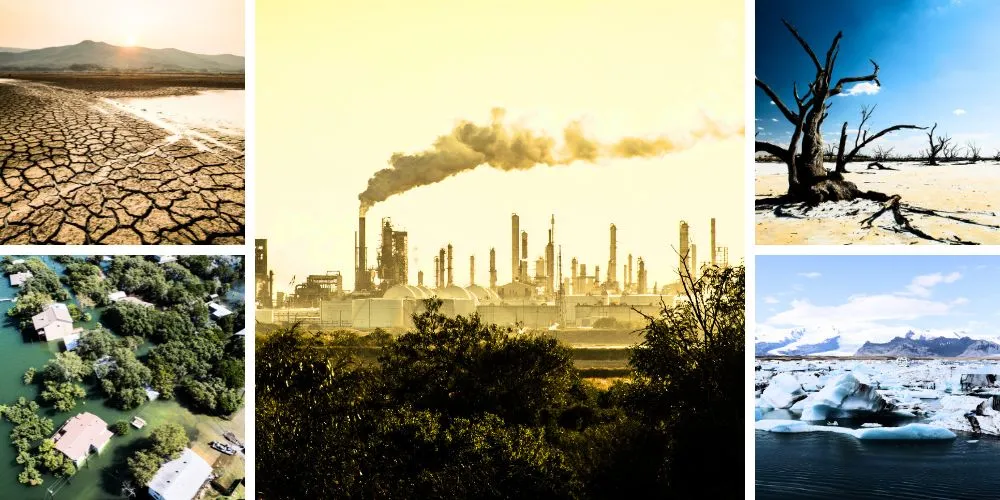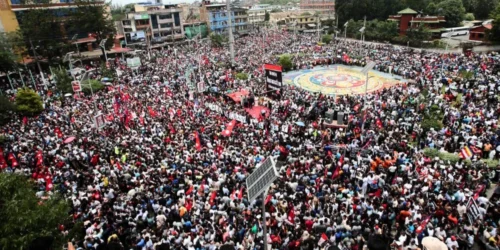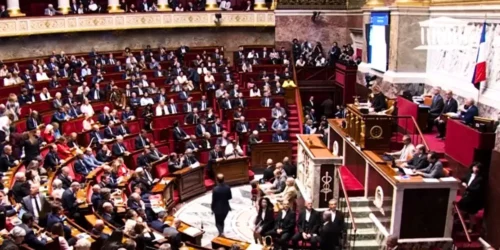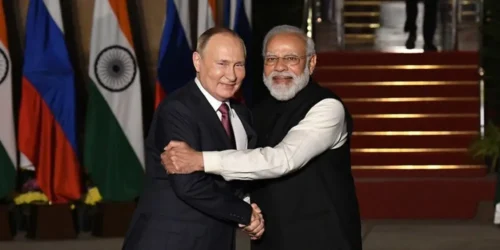It feels different now, doesn’t it? The summers seem to burn hotter, the storms gather with a new ferocity, and the headlines of record-breaking floods, fires, and droughts have become a grim, seasonal rhythm. Climate change has moved from an abstract scientific forecast to a lived, tangible reality. For decades, we spoke of it as a distant threat for future generations. That future is now our present. This analysis will cut through the political noise and fatalistic despair to examine the hard science, the cascading global impacts, and the profound, difficult choices that define our struggle with a warming world.
Understanding the Diagnosis
To confront the problem, we must first understand it clearly. Climate change isn’t a belief system; it’s a physical phenomenon driven by fundamental principles of atmospheric science, amplified to a dangerous degree by human activity.
The Greenhouse Effect: Earth’s Natural Blanket
At its core, the greenhouse effect is essential for life. Gases like carbon dioxide (CO2) and methane in our atmosphere act like a blanket, trapping some of the sun’s heat and keeping our planet at a habitable temperature. Without it, Earth would be a frozen, barren rock.
The Human Fingerprint: Burning Our Way to a Warmer World
The problem began with the Industrial Revolution. By burning fossil fuels—coal, oil, and gas—on a massive scale, we started pumping unprecedented amounts of CO2 into the atmosphere. We have effectively been thickening that natural blanket, trapping more and more heat. Scientific consensus is overwhelming: this increase in greenhouse gases is the primary driver of the rapid warming we observe today.
More Than Just Warmer Days: The Cascade Effect
A rise of one or two degrees Celsius in the global average temperature sounds deceptively small. But this isn’t just about milder winters. That extra energy supercharges the entire climate system, leading to a cascade of interconnected effects. It melts glaciers, warms oceans, and disrupts established weather patterns that civilizations have relied upon for millennia.
The Symptoms Manifesting Worldwide
The planet’s fever is no longer a quiet, internal issue. The symptoms are erupting across the globe, impacting every continent and ecosystem, often in violent and unpredictable ways.
A World of Extremes: Fires, Floods, and Furious Storms
Warmer air holds more moisture, resulting in more intense rainfall and potentially devastating floods. Warmer oceans provide more fuel for hurricanes, making them stronger and more destructive. At the same time, prolonged heat domes parch the land, creating tinderbox conditions that ignite into uncontrollable mega-fires. These are not isolated incidents; they are the direct consequence of a destabilized climate.
The Silent Creep: Sea-Level Rise and Threatened Coasts
Two primary factors drive sea-level rise: the thermal expansion of warming ocean water and the melting of land-based ice sheets and glaciers in Greenland and Antarctica. This isn’t a dramatic tidal wave but a slow, relentless creep. It threatens to submerge low-lying coastal cities, contaminate freshwater supplies with saltwater, and displace hundreds of millions of people.
Straining Our Lifelines: Impacts on Food and Water Security
Climate change directly threatens the two things we need to survive: food and water. Shifting weather patterns disrupt growing seasons, droughts wither crops, and floods wash away fertile topsoil. The very stability of our global food supply is at risk, creating the potential for widespread shortages and conflict.
The Complex Web of Cause and Inaction
If the science is so clear and the threat so existential, why have we failed to act decisively? The answer lies in a tangled web of economics, politics, and human psychology that makes this challenge uniquely difficult to solve.
The Economic Engine vs. The Ecological Cost
Our modern global economy was built on fossil fuels. Entire industries, national economies, and geopolitical power structures are tied to the extraction and consumption of oil, gas, and coal. Transitioning away from this system is an monumental task that threatens deeply entrenched financial and political interests.
A Fractured Response: The Politics of Global Cooperation
Climate change is a global problem that requires a global solution. Yet, we live in a world of sovereign nations with competing interests. While agreements like the Paris Accord represent progress, they often lack strong enforcement mechanisms. The debate over who should bear the cost—developed nations that historically polluted the most, or developing nations seeking to grow their economies—remains a major obstacle.
Charting a Course for Treatment: Mitigation and Adaptation
Despite the scale of the challenge, we are not powerless. We have the tools and technologies to treat our planet’s fever. The path forward requires a two-pronged approach: drastically cutting emissions (mitigation) and preparing for the changes we can no longer avoid (adaptation).
The Clean Energy Revolution
The most critical step is a rapid transition to clean energy. Solar and wind power have become dramatically cheaper and more efficient in the last decade. Scaling up these technologies, investing in battery storage, and modernizing our energy grids represent our single greatest hope for decarbonizing our society.
Beyond Energy: Rethinking Agriculture and Industry
The fight against climate change extends beyond power plants. We must also address emissions from agriculture, deforestation, and industrial processes. This means embracing sustainable farming practices, protecting our forests (which act as vital carbon sinks), and developing new, cleaner ways to produce materials like cement and steel.
Learning to Live with Change: The Necessity of Adaptation
Because of the emissions we have already released, a certain amount of future warming is already locked in. We must therefore adapt. This means building sea walls to protect coastal communities, developing drought-resistant crops, and upgrading infrastructure to withstand increasingly extreme weather conditions. Mitigation is our effort to avoid the unmanageable, while adaptation is our effort to manage the unavoidable.
The Human Element: Our Collective Responsibility
Ultimately, the climate crisis is not just a scientific or economic problem; it is a human and moral one. It tests our capacity for long-term thinking, global cooperation, and our sense of justice.
From Individual Action to Systemic Change
Recycling and changing lightbulbs are good, but they are not enough. Meaningful progress requires systemic change driven by collective political will. Individual actions matter most when they scale up to a demand for change—voting for leaders with strong climate policies, supporting businesses committed to sustainability, and raising our collective voice to demand a future free from fossil fuels.
The Moral Imperative: Justice for the Most Vulnerable
The cruelest irony of climate change is that the people who have contributed the least to the problem—those in developing nations and marginalized communities—are suffering its worst effects. A just response requires that wealthy nations lead the way in cutting emissions and provide financial and technological support to help vulnerable countries adapt.
Conclusion
The Earth’s fever is high, and the prognosis is serious. The science is unequivocal, the impacts are devastating, and the window for avoiding the worst outcomes is closing fast. Yet, a sense of grim determination, not despair, should be our guide. We are the first generation to feel the full effects of climate change, and we are the last with a meaningful chance to do something about it. The solutions exist. The technologies are available. The diagnosis is clear, and the treatment is known. The only remaining question is whether we have the will to act.













